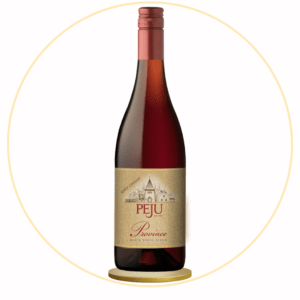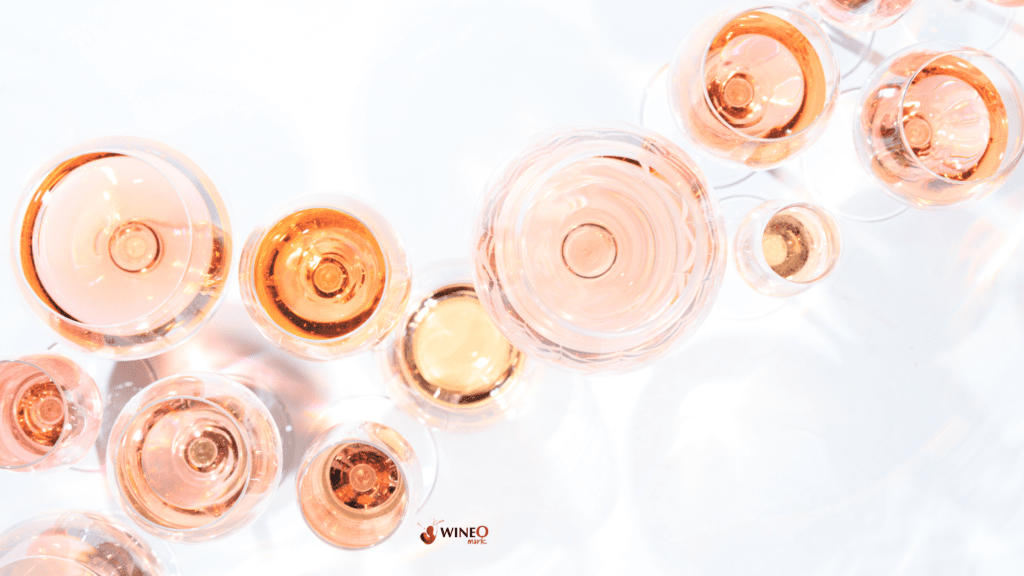
12 Best Lunch Spots In Napa
Best Lunch In Napa – Our 12 Favorite Spots! Lunch is a must when you’re out wine tasting! Whether you’re in the mood for a

Quick Answer: Yes, it's actually quite common. And some of the wines can be pretty tasty! Think Champagne!
However, if you’re asking if you, a wine drinker not a winemaker, can mix red and white wine, the answer is probably no. I’d advise against it, BUT if you want to try it out, go ahead.
Typically blending wines are done with the same colored grapes. In fact most wines are blends but either red blends or white blends.
But blending white and red grapes to make wine isn’t as uncommon as you might think. For ages, several of the world’s most renowned wines have been produced this way. And some daring modern winemakers have produced creative, red & white blended wines with great results.

Blending wine is the process of mixing two or more different grape varietals together, or different vineyard plots, or wines from different barrels, to create a new wine. The concept might sound simple, but it’s an art form that can take years/decades to master.
A winemaker must have a deep understanding of how each grape variety behaves and interacts with other grapes. They must also be able to visualize how the final product will taste.
There are countless ways to blend wines, and many different factors that can affect the outcome. The terroir (soil, climate, etc) of the vineyard, the grape varietals used, the time of year the grapes are harvested, and even the barrels used for aging can all play a role in the final flavor of the wine.
Depending on the winemaker’s approach, blending can take place in the vineyard, during fermentation, or after fermentation.
It depends on what red and white wines you mix together. If you mix a full-bodied red wine with a delicate white wine, the white wine will can easily get lost. The opposite can also happen—a big, oaky white can overwhelm a lighter red. The same is true for mixing wines made from different grape varietals. If you’re not careful, one can completely dominate the other.
One general rule of thumb is to mix wines that are similar in body and weight. A light-bodied white wine can be a good match for a light-bodied red. And a full-bodied red can be paired with a full-bodied white.
Of course, there are always exceptions to the rule. So, if you’re feeling adventurous, go ahead and mix red and white wine together. Just be warned that it can be a bit of a gamble. Who knows? You might just end up with something amazing!

Champagne is a popular traditional color blend that typically combines Chardonnay, a white grape, with red Pinot Noir and/or red Pinot Meunier grapes.
Another well-known wine, Châteauneuf-du-Pape, is made up of red and white blends from several grapes.
And many wineries from all over the world may choose to produce their own red and white wine blends, ranging from simple to complex. They create these wines for many reasons, most likely because they discovered that it just tastes good.
For example, in Napa Valley, Peju Winery produces an excellent red and white wine blend called Province. It was created as a “bridge wine” for white wine lovers that are ready to explore the world of red wines.
The Peju Province is a fan-favorite every year. It is served chill and as aromas of herbs, flowers, and tart plum. The tannins give it a strong structure while the bright acidity refreshes the palate with flavors of cranberry, ripe raspberry and cherry. And it’s perfect for any occasion, whether on a hot summer day or paired with a BBQ.
“…when red wine seems like too much and white wine not quite enough.” – Peju

Although many believe that all Rosé is a blend of white and red wine, it is not. Typically it’s a wine made from a red grape. And the pink hue is a result of minimal skin contact from the red grape. Blending red wine into white is only common in Rosé Champagne.
Yes, you can drink red wine and white wine in the same night. And if you have multiple glasses of wine, most people do.
However, it can be important to be mindful of the order in which you drink them. It is generally recommended to drink lighter wines before heavier wines. It’s a general rule that whites should be consumed first, but I’ve had times when I drank red first and then white or vice versa. Just drink good wine!
This is called blending wine. While combining red and white wines might result in an excellent drink for wine makers, those who are simply experimenting as wine drinkers may not have the same level of success.
There is no scientific evidence to support that mixing red and white wine together gives you a headache.
However, some people may be more sensitive to tannins, which can be typically found in red wines. Tannins can cause headaches for some people. If you are susceptible to headaches from drinking wine, it is generally recommended to drink wine that is lower in tannins.
Yes, you can drink white wine before red. Most people enjoy drinking wine from light whites to heavier reds.

Best Lunch In Napa – Our 12 Favorite Spots! Lunch is a must when you’re out wine tasting! Whether you’re in the mood for a

North Coast Wine Co. Outerbound Pinot Noir – WineO Mark Review Wine Stats Grape Variety: 100% Pinot Noir Vintage: 2019 ABV: 14% Wine Region: North Coast,

Böen Pinot Noir – WineO Mark Review Wine Stats Grape Variety: 100% Pinot Noir Vintage: 2021 ABV: 14.6% Wine Region: California Flavor Profile: Cherry, raspberry, blackberry,

Merry Edwards Sauvignon Blanc – WineO Mark Review Wine Stats Grape Variety: 100% Sauvignon Blanc Vintage: 2022 ABV: 14% Wine Region: Russian River Valley, California

The Hess Collection Allomi Chardonnay – WineO Mark Review Wine Stats Grape Variety: 100% Chardonnay Vintage: 2019 ABV: 14.3% Wine Region: Napa Valley, California Flavor Profile:

Stags’ Leap Chardonnay – WineO Mark Review Wine Stats Grape Variety: 100% Chardonnay Vintage: 2022 ABV: 14.1% Wine Region: Napa Valley, California Flavor Profile: Oak, vanilla,

Godeval Cepas Vellas Godello – WineO Mark Review Wine Stats Grape Variety: 100% Godello Vintage: 2021 ABV: 13% Wine Region: Valdeorras, Spain Flavor Profile: Peach,

Félix Solís Mucho Más Tinto N.V. – WineO Mark Review Wine Stats Grape Variety: Tempranillo, Syrah Vintage: Non-Vintage ABV: 14% Wine Region: Spain Flavor Profile: Vanilla,
